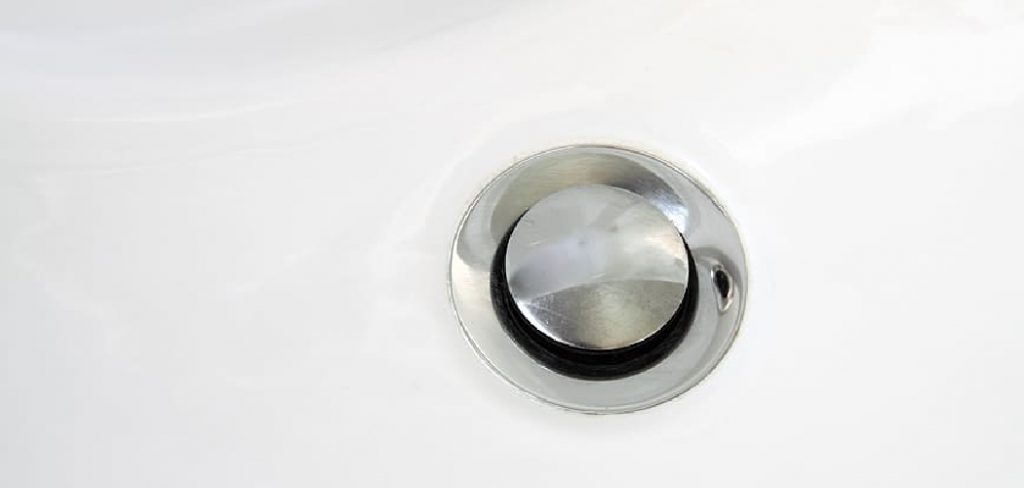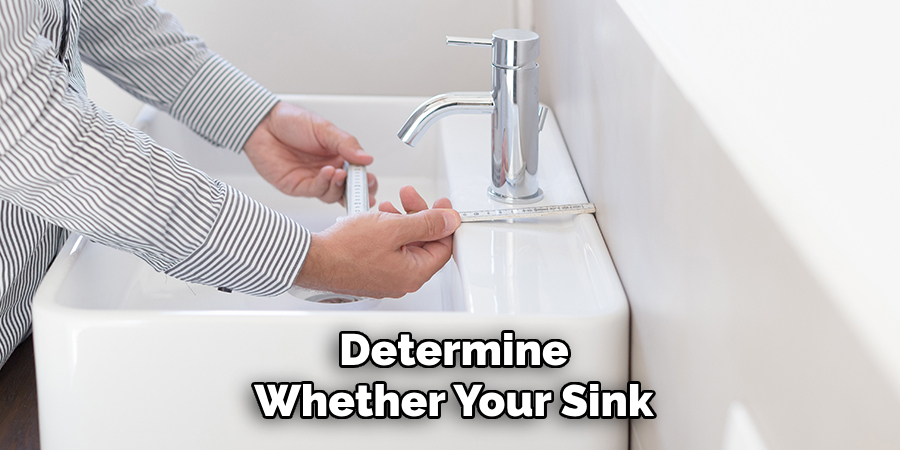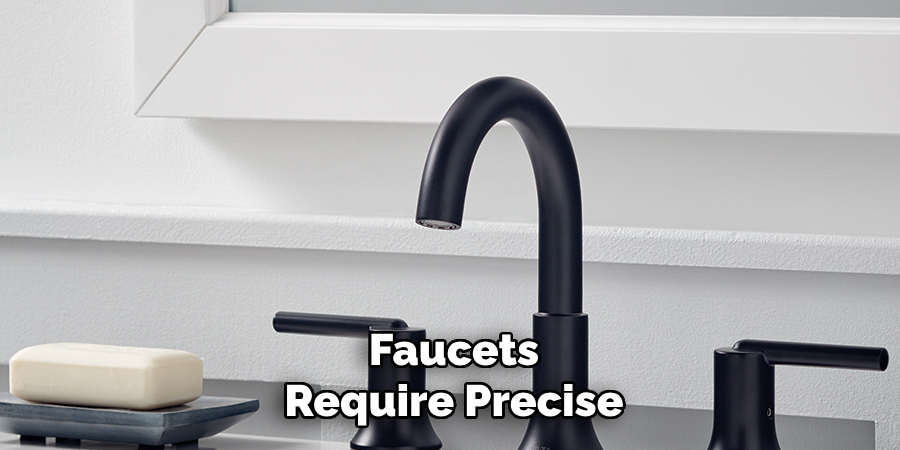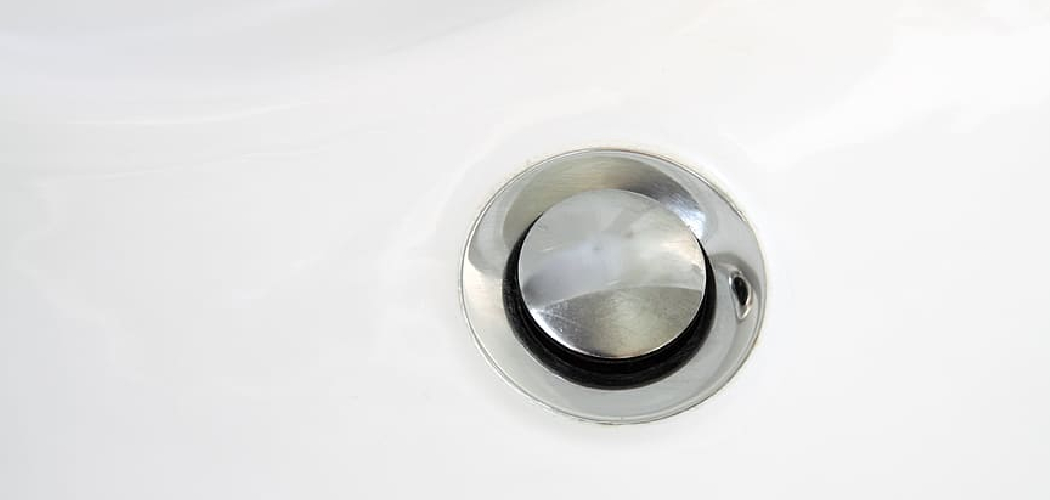Accurate faucet measurements are essential for achieving a proper fit, ensuring compatibility with your sink, and guaranteeing a smooth installation process. With the wide variety of faucet types and styles available—ranging from single-hole to widespread designs—selecting the right faucet without precise measurements can lead to frustration, wasted time, or even the hassle of returns.
Whether you’re upgrading your bathroom or replacing an old fixture, understanding how to measure for a bathroom faucet is a critical first step.

This article provides a comprehensive, step-by-step guide to help homeowners or DIYers confidently measure their sinks and select the perfect faucet. By following these guidelines, you’ll save time, avoid common pitfalls, and create a cohesive, functional bathroom space that meets both your aesthetic and practical needs.
Understanding Faucet Configurations
When selecting a bathroom faucet, understanding the different configurations is essential for ensuring both style and functionality. Here are the main types of bathroom faucets to consider:
- Single-Hole Faucet: A compact and modern option, this faucet is designed for sinks with a single hole and provides a clean, minimalist aesthetic. It’s perfect for small spaces or contemporary designs.
- Centerset Faucet: Ideal for sinks with pre-drilled holes spaced 4 inches apart. This type combines the spout and handles on a single base plate, creating a neat and traditional appearance.
- Widespread Faucet: Suitable for sinks with 8 inches or more spacing between holes. This configuration has separate hot and cold handles, offering greater flexibility in placement and a classic, elegant look.
- Wall-Mounted Faucet: Installed above the sink basin, this faucet style frees up countertop space and works well with vessel sinks. It requires precise measurements and separate plumbing considerations.
Check Sink Compatibility
Assess your sink’s layout before purchasing a new faucet to ensure compatibility. Pay attention to the number of pre-drilled holes in the sink and the distance between them, as these factors will guide your faucet choice. Additionally, consider whether you’re replacing your existing faucet or upgrading to a different style, as this may influence the measurements and adjustments needed.
Tools You’ll Need
The right tools are essential to ensure accurate measurements and a smooth installation process. Below is a list of tools and items to prepare:
- Tape measure or ruler: This is used to measure the sink layout and confirm the faucet dimensions.
- Flashlight: This is Useful if the sink area is dimly lit or in a tight space, helping you see details more clearly.
- Notepad and pen (or phone): Record measurements and important notes during the process. This helps avoid mistakes and keeps everything organized.
- Optional – Camera: Taking reference photos of your sink and current plumbing setup can be helpful if you need assistance or want to compare details later.
- Cleaning rag: Wipe down the sink area to remove any debris or grime, ensuring better accuracy when taking measurements.
Gathering these tools beforehand will save you time and effort during your project.

Measuring Hole Spacing
Centerset vs. Widespread
To determine whether your sink is designed for a centerset or widespread faucet, measure the distance between the centers of the left and right faucet holes. Use a measuring tape for precision. If the measurement is 4 inches, your sink is compatible with a centerset faucet. A widespread faucet is required for sinks with a measurement of 8 inches or more. Ensuring this measurement is accurate helps avoid compatibility issues when selecting a new faucet.
Number of Holes
Next, count the total number of holes in your sink. Most sinks typically have 1, 2, or 3 pre-drilled holes. This influences the type of faucet that can be installed. If you are replacing an existing faucet with unused holes, you may need a deck plate, also known as an escutcheon, to cover these extra holes for a clean and professional appearance.
By understanding both the hole spacing and the number of holes, you’ll be better equipped to choose a faucet that fits seamlessly with your sink design.
How to Measure for a Bathroom Faucet: Measuring Faucet Height and Clearance
Faucet Height
When selecting a faucet, measuring the height is crucial, especially if you have a vessel sink or limited vertical space. To determine the faucet height, measure from the base (the mounting surface) to the highest point of the spout.
This measurement ensures that the faucet will fit comfortably without obstructing any cabinets, shelving, or mirrors above the sink. For vessel sinks, taller faucets or wall-mounted designs may be required to complement the elevated sink design and provide sufficient clearance.
Spout Reach
Spout reach is another critical factor to consider. This is the measurement from the faucet base’s center to the spout’s tip, where the water actually flows. To ensure functionality, the spout must extend far enough to reach comfortably over the sink bowl without causing excessive splashing.
An inappropriate spout reach can make tasks like washing hands or dishes more challenging and may lead to water spilling outside the sink’s boundaries. Double-check your sink dimensions to find a faucet with an ideal reach.

Clearance Behind the Faucet
Lastly, assess the clearance behind the faucet. This refers to the space available between the base of the faucet and the backsplash or wall. Sufficient clearance is essential for ease of operation, especially for faucets with handles that need to be pulled backward to adjust water temperature or flow.
If there is limited space, consider single-handle designs or faucets where operation requires lateral movement instead of pull-back handles. Proper measurements ensure a smooth installation and usability experience.
Considering Sink and Countertop Dimensions
When selecting a faucet, it’s important to account for both sink and countertop dimensions to ensure proper functionality and aesthetic harmony.
Sink Basin Size
The size of your sink basin is critical in determining the appropriate faucet. A small sink basin may require a faucet with a shorter spout to prevent excessive splashing and maintain ease of use. Conversely, larger sink basins often benefit from faucets with longer spouts and higher arcs, allowing sufficient water reach and clearance for washing large pots or filling tall containers.
Countertop Thickness
Countertop thickness is another key consideration. Most standard countertops are compatible with a wide range of faucets. However, if your countertop is particularly thick, you may need a specialized mounting kit to ensure the faucet is securely installed. This is especially common with natural stone surfaces like granite or quartz.
Mounting Hole Diameter
Measuring the diameter of your existing mounting holes is essential to achieving a secure fit for the new faucet. Standard hole diameters can vary, so verifying these dimensions beforehand helps avoid installation issues. Matching the faucet base with the hole size ensures a seamless and stable installation, both functionally and visually.
Special Considerations for Wall-Mounted Faucets
Rough-in Plumbing Depth
Wall-mounted faucets require precise rough-in plumbing to ensure they are installed at the correct height and depth within the wall. Unlike deck-mounted faucets, these fixtures rely entirely on the position of the in-wall plumbing for proper functionality.

It’s crucial to consult the manufacturer’s specifications and measure accurately during installation. Improper plumbing depth can lead to difficulties in connecting the fixtures or may necessitate costly adjustments after the walls are finished.
Spout Reach Over Sink
Another critical factor to consider is the spout reach. The faucet’s spout should be positioned to direct water toward the center of the sink basin. This ensures effective water flow without spills or splashing outside the sink. Selecting a faucet with the appropriate spout length for your sink size and configuration is essential for both practicality and usability during everyday tasks.
Height from Sink to Faucet
When installing a wall-mounted faucet, evaluate the height between the sink and the faucet. This height must be sufficient to allow for comfortable usage, whether for washing hands, filling containers, or cleaning. A balanced space ensures ease of use while maintaining a sleek, modern look that wall-mounted faucets are known to provide.
Tips Before Buying a Faucet
When purchasing a faucet, preparation is key to making an informed decision. Start by accurately measuring your sink and available space to ensure compatibility. Bring these measurements with you when shopping in-store, or keep them handy for online purchases.
To create a cohesive aesthetic, match the faucet’s finish with the existing hardware in your kitchen or bathroom. Carefully review the product specifications to confirm the faucet suits your sink type and plumbing setup.
Additionally, faucets with ADA-compliance features for accessibility should be considered, and water-saving models should be prioritized to reduce both waste and utility costs. It’s also beneficial to gauge the ease of installation—this can save time and potentially avoid the expense of hiring a professional. Remembering these tips, you’ll be better equipped to find a faucet that balances functionality, style, and convenience.

Conclusion
Understanding how to measure for a bathroom faucet ensures a smooth and stress-free selection process. By accurately measuring hole spacing, faucet height, spout reach, and clearance, you can confidently choose a faucet that fits both your sink and your needs. It’s equally important to check for compatibility between the faucet and sink styles to maintain functionality and visual harmony.
Taking these careful steps eliminates guesswork, allowing you to enjoy a practical and stylish faucet. With proper measuring, finding the right bathroom faucet becomes an easy and rewarding experience.

